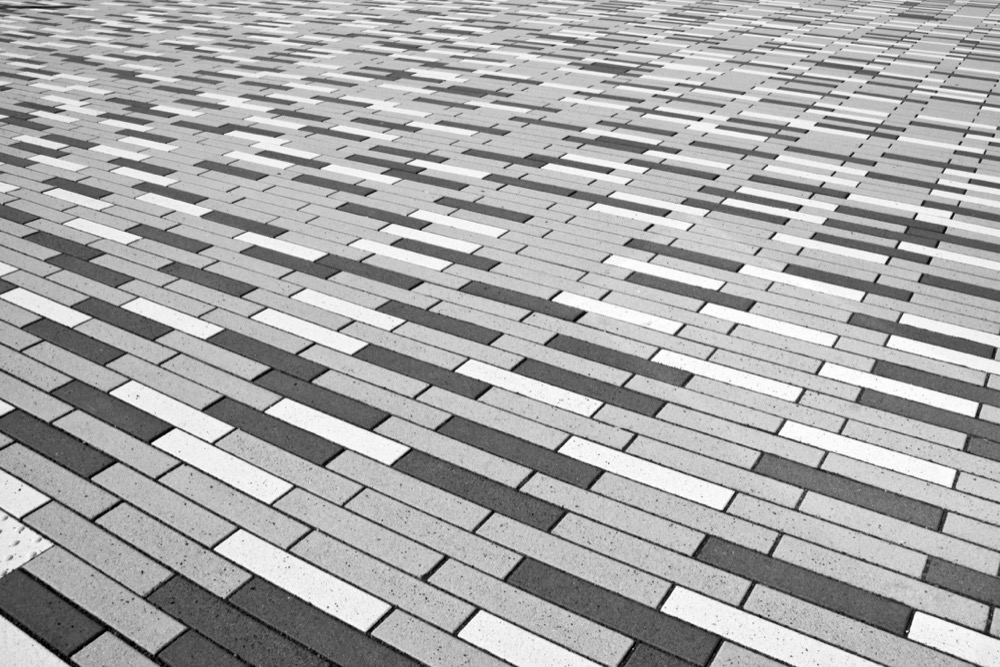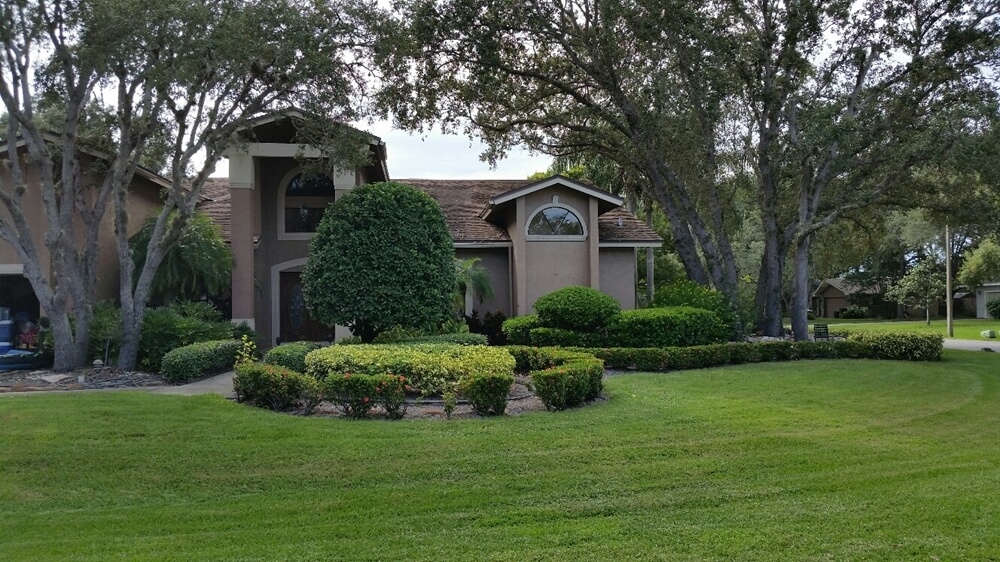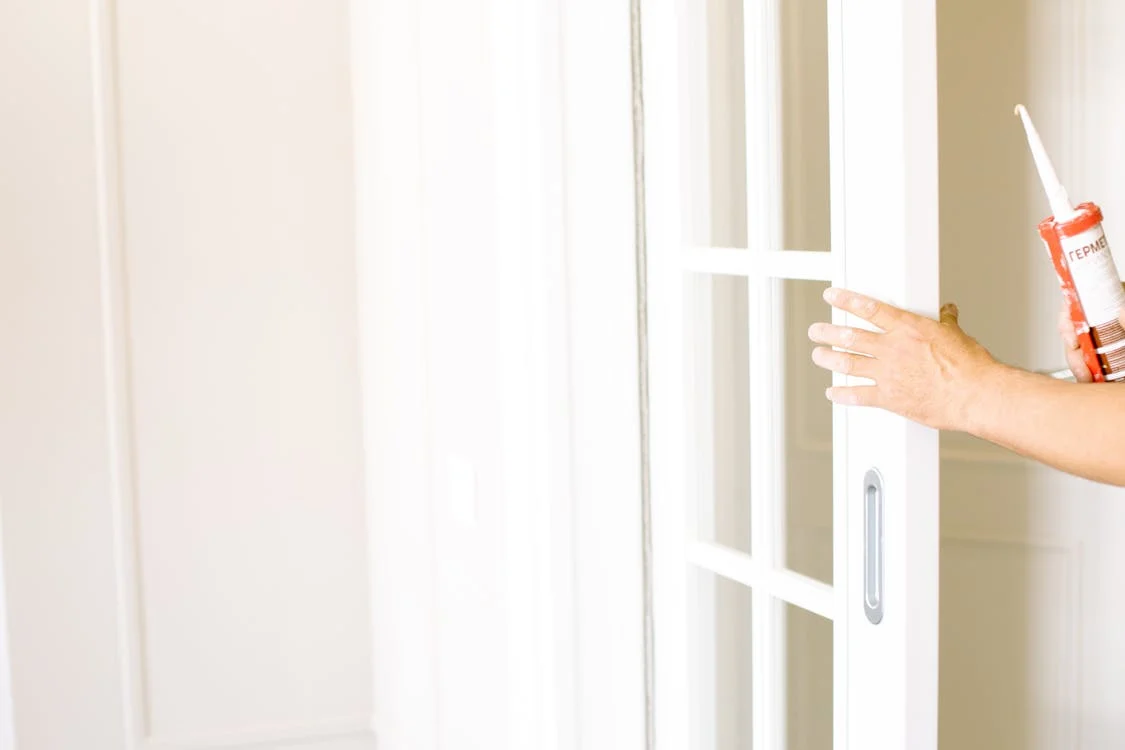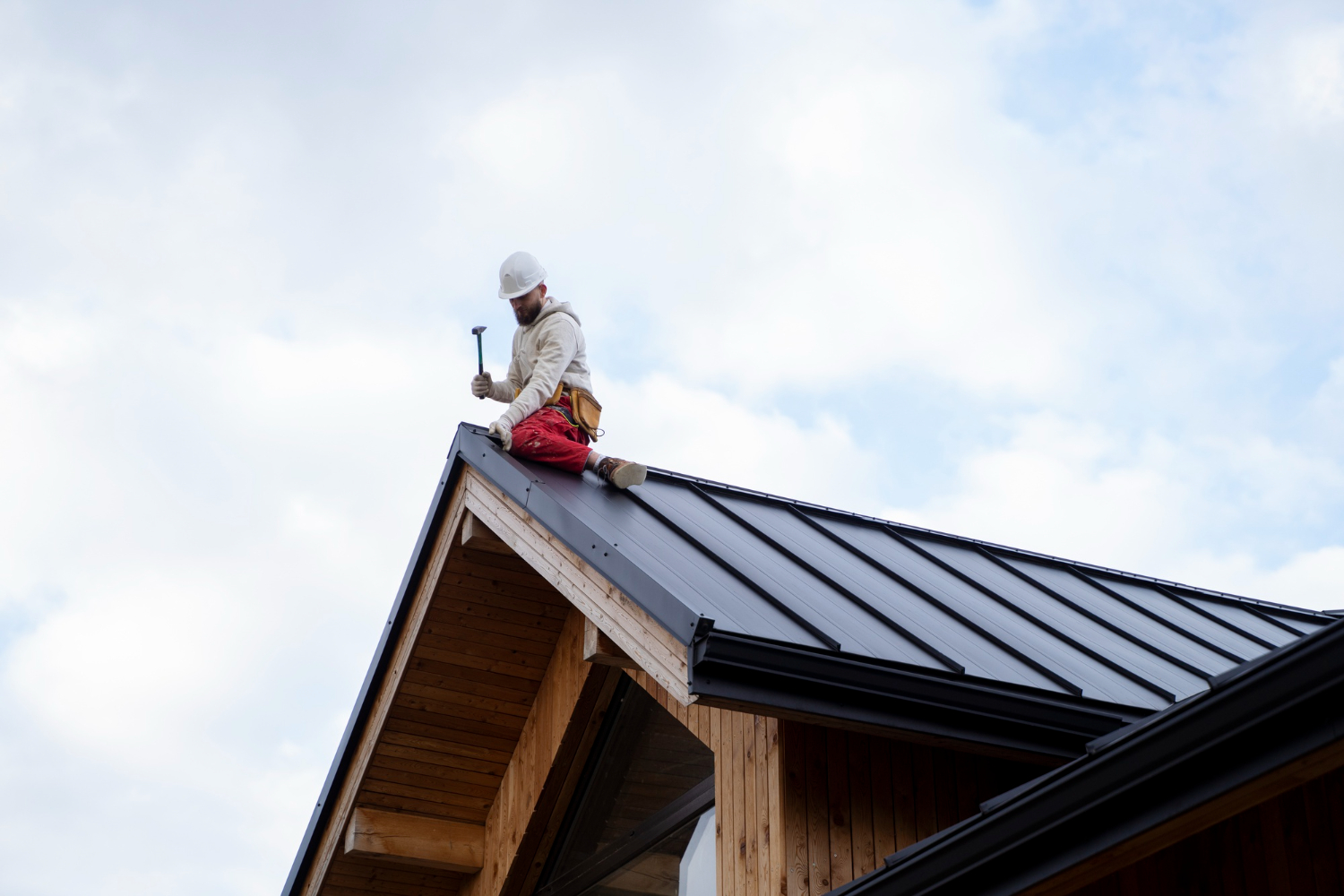By using our website, you agree to the use of cookies as described in our Cookie Policy
a
Rss Feed
How Do I Choose the Right Concrete Sealer For My Floor Project?
 Image Credit: Pexels
Image Credit: Pexels
Protecting a concrete floor is a significant investment, and using the wrong sealer can lead to costly repairs or a complete do-over. How do I choose the right concrete sealer for my floor project?
The best concrete sealer choice depends primarily on whether the floor is indoors or outdoors. Penetrating sealers are ideal for outdoor use, while film-forming sealers work better for indoor applications.
While this basic guidance is helpful, several other crucial factors can influence which sealer will work best for your specific situation. Understanding these factors—like your concrete’s age, condition, and intended use—will help you make a choice you won’t regret later.
What Factors Should I Consider When Selecting A Concrete Sealer?
The age of your concrete is a crucial consideration. New concrete needs at least 28 days to cure before sealing. You’ll need to assess the condition of the older concrete and previous treatments. If it’s been sealed before, you’ll need to determine the type of existing sealer to ensure compatibility with any new product.
The concrete’s location and exposure to elements matter significantly. Indoor floors face different challenges than outdoor surfaces. Indoor floors mainly require protection from stains and wear, while outdoor surfaces must withstand UV rays, freeze-thaw cycles, and moisture penetration.
The intended use of the space will also guide your choice. High-traffic areas require more durable sealers, while decorative concrete might require a product that enhances color and provides a specific finish.
Which Type Of Concrete Sealer Offers The Best Protection For My Specific Needs?
Penetrating sealers work by soaking into the concrete and creating a chemical barrier. These are excellent for outdoor surfaces because they don’t create a film that can be slippery when wet. They also allow the concrete to breathe, preventing moisture from getting trapped underneath.
Film-forming sealers, including epoxies and urethane, create a protective layer on top of the concrete. These are ideal for indoor spaces, especially garages or basements, where you want protection from oil stains and chemicals. They can also provide an attractive, glossy finish.
Acrylic sealers offer a middle-ground solution. They’re more affordable and easier to apply than epoxies but don’t provide the same level of protection. They’re good for indoor decorative concrete where heavy-duty protection is optional.
How Often Should I Reseal My Concrete Floor?
Consult with a concrete store supply professional about resealing frequency. The frequency of resealing depends on several factors, including the type of sealer used and the amount of wear the floor receives. Penetrating sealers typically last 5–10 years, while film-forming sealers might need reapplication every 2–5 years.
High-traffic areas will need more frequent resealing than low-traffic areas. Watch for signs that the sealer is wearing thin, such as water no longer beading on the surface or the appearance of stains that are harder to clean.
UV exposure can significantly impact sealer longevity on outdoor surfaces. Surfaces in direct sunlight may need more frequent resealing than those in shaded areas.
What Are The Signs That My Concrete Floor Needs To Be Resealed?
The most obvious sign is water absorption. Place a few drops of water on your concrete surface—if they don’t bead up and instead soak in within a few minutes, your sealer is wearing thin. This simple test can prevent you from waiting until damage occurs.
Physical signs like dusting (when concrete particles appear on the surface), spalling (flaking), or etching from chemical exposure indicate that your sealer no longer provides adequate protection. In high-traffic areas, you might notice worn paths or dullness in the surface finish.
For decorative concrete, fading colors or loss of shine can indicate that it’s time to reseal. Be sure to see actual damage - by then, the concrete might need repairs before it can be resealed.
What Common Mistakes Should I Avoid When Sealing Concrete?
One of the biggest mistakes is inadequate surface preparation. The concrete must be completely clean and dry before applying sealer. Dirt, oil, or previous coatings can prevent proper adhesion, and even moisture trapped in the concrete can cause the sealer to fail.
Another common error is applying sealer too thickly. Most sealers need to be applied in thin, even coats. Thick applications can lead to bubbling, clouding, or peeling. Following the manufacturer’s coverage recommendations is crucial for success.
Weather conditions during application should be noticed. Applying sealer in direct sunlight, high humidity, or when temperatures are too hot or cold can cause the sealer to fail. The ideal conditions are typically dry days with temperatures between 50-80 °F (10-27 °C) and moderate humidity.
Managing Project Budgets
Before purchasing any concrete sealer, take photos of your concrete floor and bring them to a local concrete supply store. The experts there can examine your situation - including the floor’s location, age, and condition - and recommend the most appropriate sealer for your project. This personalized guidance, combined with your new understanding of concrete sealers, will help ensure you make the right choice the first time.
‹ Back





.png)
